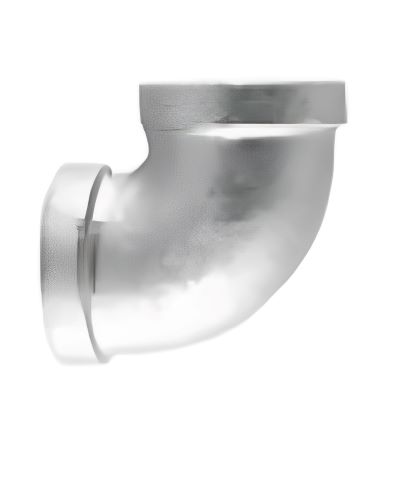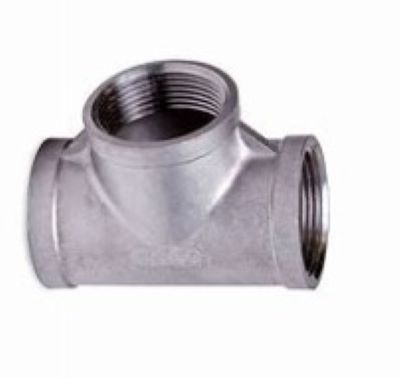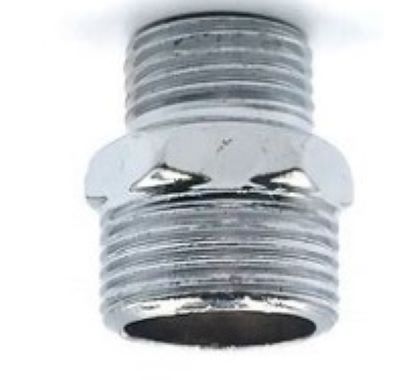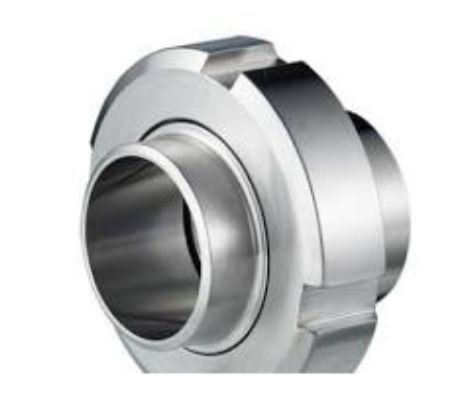Imagine this: you’ve spent weeks brewing the perfect batch of kombucha, only to discover a nasty leak thanks to a mismatched pipe fitting. Plumbing nightmares like this are avoidable when you understand the secret language of sanitary pipe fittings.
From smooth, hygienic flow to leak-free confidence, let’s unravel the mysteries of these essential components!
Decoding the Pipe Fitting Zoo
First things first, sanitary pipe fittings differ from their standard cousins. They’re crafted from materials like stainless steel or food-grade PVC, ensuring cleanliness and preventing contamination. Now, let’s meet the players:
➡️ Elbows: Navigate corners with 90° or 45° turns, perfect for tight spaces.
➡️ Tees: Branch out! Split your flow into three directions for distribution or merging.
➡️ Reducers: Connect pipes of different diameters, ensuring seamless flow transitions.
➡️ Unions: Create easily detachable connections for cleaning or maintenance.
➡️ Valves: Control the flow with on/off or adjustable options, like ball valves or butterfly valves.
Material matters! Stainless steel offers durability and hygiene, while PVC is lighter and budget-friendly, but less heat-resistant. Choose based on your application and priorities.
Now, how do these fittings connect? Threaded connections offer tight seals, while clamped fittings are quick to assemble and disassemble. Welded options provide ultimate strength but require specialized skills. Consider ease of use and future maintenance needs.
From Leak-Free to Flow-Free: Installation Magic
Ready to get your hands dirty? Here’s your step-by-step guide to flawless fitting installation:
-
Cleanliness is key: Sanitize all components thoroughly before starting.
-
Seal the deal: Use the right thread sealants, gaskets, or O-rings for your chosen connection method.
-
Tighten with care: Follow the manufacturer’s torque recommendations to avoid leaks or damage.
-
Eagle eyes: Regularly inspect for leaks, wear, and tear.
-
Common mistakes: Learn from the pros! We’ll share tips to avoid common pitfalls and troubleshoot like a champ.
Maintaining the Flow: Keeping Your System Healthy
Prevention is better than cure! Here’s how to keep your system flowing smoothly:
➡️ Regular checkups: Schedule routine inspections to catch potential issues early.
➡️ Cleaning routine: Develop a cleaning schedule based on your system’s usage and fluid type.
➡️ Replacement wisdom: Know when to say goodbye to worn-out or damaged fittings for continued safety and hygiene.
Conclusion: Flow Like a Pro, One Fitting at a Time
Remember, using the right sanitary pipe fittings isn’t just about avoiding leaks, it’s about safety, hygiene, and optimal system performance. With this newfound knowledge, you’re ready to tackle any plumbing project with confidence.
So, go forth, flow like a pro! Happy plumbing!
Post time: Mar-21-2024






